The Run of Show: An Event Must Have!
Whether you are coordinating Press Conferences, main stage presentations, concerts, graduations or weddings an effective way to ensure you pull off a successful event is to have a Run of Show.
Planning ahead is the most vital part of producing a successful event. The Run of Show document, also called a cue sheet, script, production schedule or a 1-pager, is a vital tool used in planning the sequence of events that are to take place during the entire event. From event setup through the tear-down, the Run of Show is the written document that explains to the ‘behind-the-scenes’ organizers the detailed sequence of events planned. It is the master document that contains all the critical components of the event.
Some important information I always include in my run of show is a list of important phone numbers. If the Tent or Staging companies fail to arrive when expected, you need to start making calls to find out if they’re still coming. If the audio company isn’t there by a certain time, you definitely need to make a call! If your main speaker is not in-house by the start of the event, you may need to make a decision as to whether you move forward and start, or delay the start of the event? These are all considerations when writing your plan to ensure a successful result.
Most people will never need to see the Run of Show unless there is a written and distributed program for the event. If there is a published program, you will need to make sure everyone listed in the program proceeds in the order they are listed in the program.
Timing for presenters and speakers is a key consideration. It is important that each person understands and adheres to the timeframe they are given for their part of the event. I once gave a Hollywood actor a timeframe of 3-4 minutes to speak at an event. Twenty-three minutes later he was still speaking, and he had moved on to a topic not related to the subject matter of our event! Keeping speakers within the timeframes given them will keep them to their topic and keep the entire event running within the timeframe allowed. If an event gets off schedule or runs late, it becomes very difficult to keep the audience interested.
 Normally speaking, when you are managing a Press Conference, an announcement or a Groundbreaking or Dedication Ceremony, the rule of thumb is, the shorter the program the better. Usually a 30-45-minute program will suffice. Once you go longer than 1 hour people get antsy, need to use the restroom or just wish to get up to stretch their legs. So, staying within that 30-45-minute program is important.
Normally speaking, when you are managing a Press Conference, an announcement or a Groundbreaking or Dedication Ceremony, the rule of thumb is, the shorter the program the better. Usually a 30-45-minute program will suffice. Once you go longer than 1 hour people get antsy, need to use the restroom or just wish to get up to stretch their legs. So, staying within that 30-45-minute program is important.
Proactively understanding what can go wrong and at what point of the Run of Show it will go wrong, in most cases, allows you to make adjustments accordingly! For example, always have your audio guy do a test run of his audio equipment about 1 hour and 15 minutes ahead of the start of your planned event. I prefer to tell the audio guy I need to do the National Anthem Sound check about 75 minutes before the event, and then I make sure music is piped in over the PA system for the hour before the event. It is an appealing sound and keeps the interest of those who arrive to the event early.
Building a Run of Show is critical to establishing a cohesive order and flow of your event. Who goes first, who goes second and third, and who will be the cleanup hitter at the end? How will you get a rise out of the crowd? Is there an intermission? Who do you expect could show up late, and where can you place them in the itinerary for the event? These are all great questions to take into consideration when writing out the schedule. In many cases you will need to get the buy-in from your client, your boss or outside people to ensure you are placing the right people in the right order.
You will want to time your Run of Show so it is not too long. At many events I produce, there are as many as 6-10 speakers. If everyone takes 5 to 12 minutes to speak you have a one- hour long event. Placing timeframes on the Run of Show gives each participant an expectation as to how long they can speak. You might also want to setup signals you can give speakers so they know when they are getting close to time limits, and can cut their presentation short if they go over. If a person has not practiced their speech or presentation before the day of your event, they may be unaware of how quickly 5-12 minutes goes by, so signals can help them to gently break from speaking with minimal awkwardness.
Another important component of the Run of Show is adding Technical Cues. This comes into play when using Audio Visual equipment in any way. You may need to cue music, a video or a slideshow. Each of these audio visual elements needs to be cued up and ready to go at the right time. Nothing frustrates an audience more than attending an event where there are technical difficulties. Very little frustrates an event organizer more than technical difficulties!
Soon you will gain understanding of a typical outline of how your ‘Run of Show’ should create a great performance. Your reviews from an engaged, excited and motivated audience will always help you improve your Run of Show for the next time.
Always listen to feedback! If your Run of Show is confusing to understand, if you have gaps in your production or technical glitches you stand to lose credibility quickly.
An additional strategy you can use to ensure your Run of Show is executed flawlessly is to appoint or hire a Stage Manager. Keeping things flowing quickly, one after another, in the run of show is essential, and a stage manager plays a key role in this. Make sure the stage manager understands all the components, including the right people, so he or she can prepare those people off-stage prior to their slotted time.
We wish you good luck in your next production! If you’re in need of a production team to assist you in developing your “Run of Show” for your next program or event, please contact Chemistry Multimedia at 314-603-2866 or at Chris@ChemistryMultimedia.com.




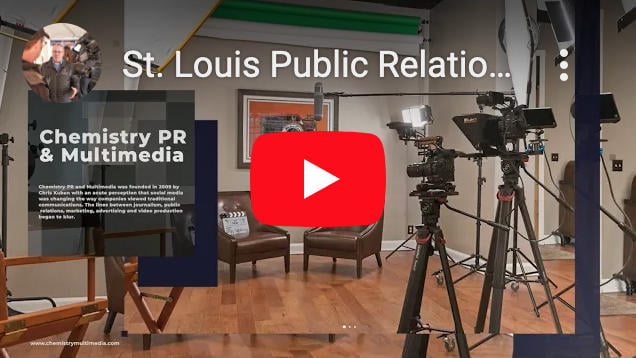
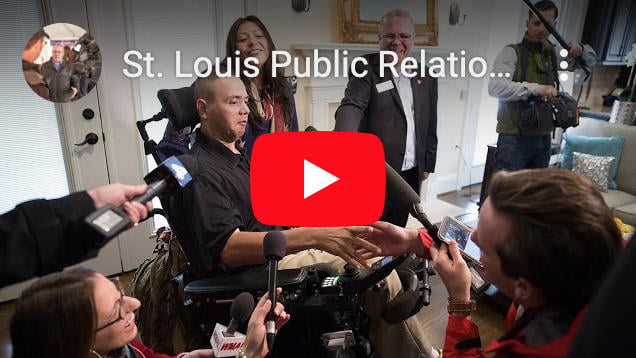
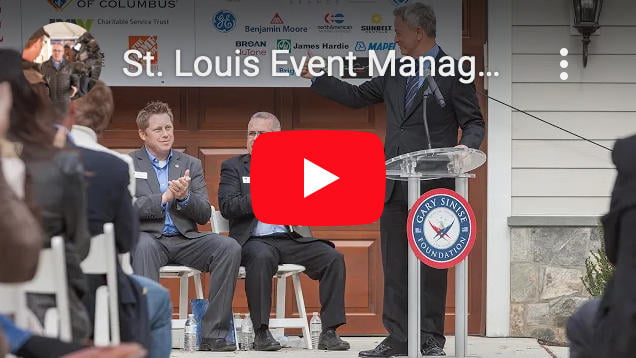
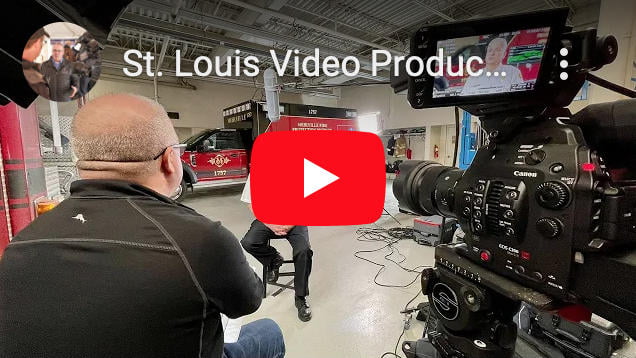
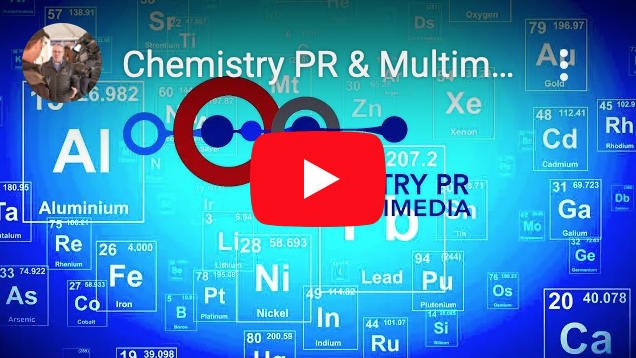
shammy peterson says:
December 3, 2023 at 1:56 pm
It made sense to me when you explained that audio-visual elements must be ready to go at the right time to ensure that technical difficulties are going to be eliminated. This is something that movie production companies must consider to ensure the satisfaction of their audiences. Maybe, they can consider hiring a cu sheet service to have everything more organized for their shows.